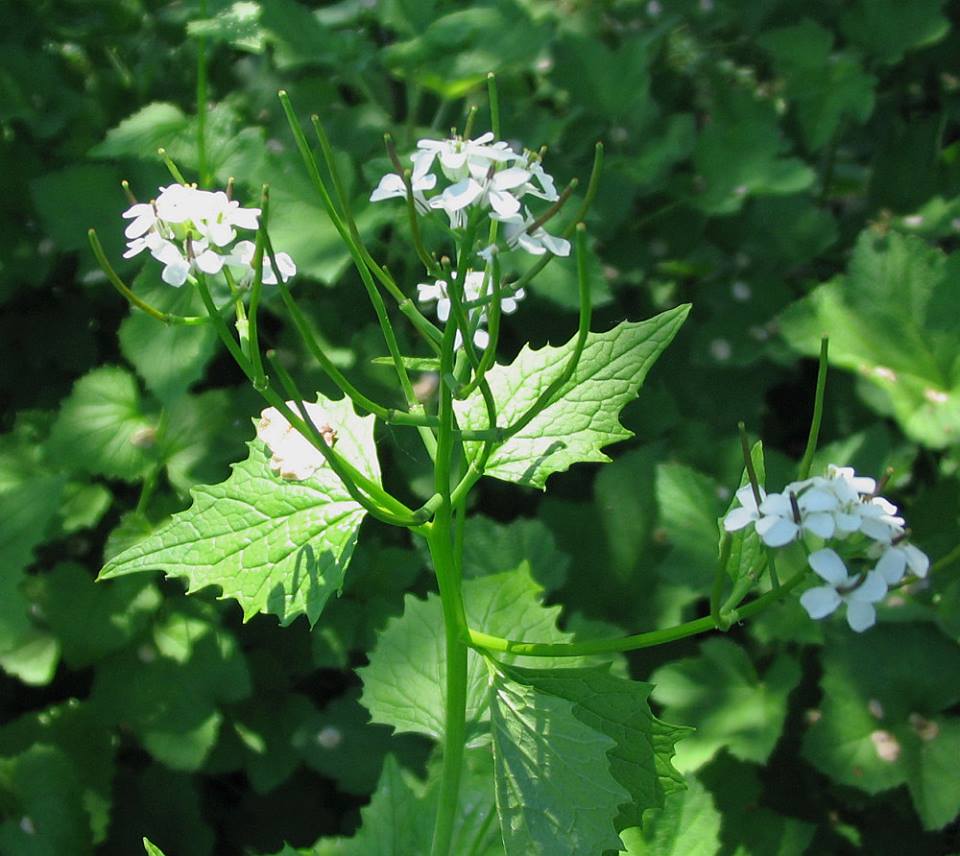You can help London tackle a long-standing invasive species problem by throwing the culprit in your meals.

Garlic mustard poses an issue to the environment because its roots emit a chemical that stops native plants from growing, according to Upper Thames River Conservation Authority land management technician and invasive species expert, Brandon Williamson.
READ MORE: Reality check: Will Cheerios’ free wildflower seeds spread invasive plant species?
The weed — which has grown rampantly in southern Ontario for years — also tastes great on a sandwich.
“You can eat it, you can put it in salads, pestos,” Williamson told AM980’s The Andrew Lawton Show.

Get breaking National news
Although it’s fairly easy to control from a labour standpoint, the weed has no natural predators in the province.
“The daunting task is — because it’s so widespread — it does take a lot of people to do it, and many applications of the activity, to pull it out, to get control of it and get rid of it.”
Garlic mustard is native to Europe, was introduced to North America as a food source, and became an invasive species after it escaped cultivation.
Williamson adds it’ll grow almost anywhere, from forests to agricultural lands, public areas and backyards.
“For many years actually, after it’s gone, it kind of changes the chemistry of the soil. So it can do a lot of damage,” he explained.
READ MORE: Share your vision for Thames River at Inspiration Fest
“It decreases the biodiversity of our natural areas, and once you do that, you reduce wildlife populations. It kind of goes up the chain from there, all the way up to climate change issues.”
Before people head out to do a little foraging for their next meal, Williamson warns there are several “look-alikes” that may not taste as good.
“Make sure you know what you’re picking and what you’re using… definitely have an expert come out, or really research it.”
The Ontario Invasive Plant Council has a best management practices document online, which offers more information about the species, how it can be identified, and how it can be consumed. The document can be found here.











Comments